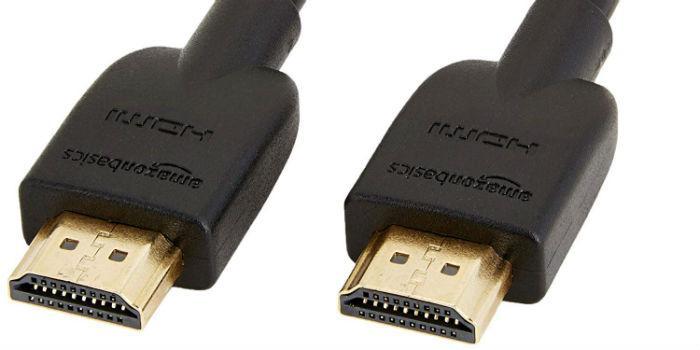 Latin America. I wanted to write this, as while it's not directly a "video wall controller" issue, it's related and it's one that occasionally pokes its ugly head, and that's incorrect wiring specifications.
Latin America. I wanted to write this, as while it's not directly a "video wall controller" issue, it's related and it's one that occasionally pokes its ugly head, and that's incorrect wiring specifications.
Frustrating about this are the delays and the effects it causes on site during fault diagnosis, as well as unforeseen costs to then switch everything to another solution. Therefore, I decided to call this article Prevention better than cure.
First, let's look at the different marketing names associated with HDMI cables and the technical explanation behind them:
Standard HDMI cable (also known as Category 1): Designed for resolutions up to 720p and 1080i. These cables are designed for optimal performance for HDMI versions 1.0 through 1.2a.
High-speed HDMI cable (also known as Category 2): Designed for Full HD 1080p resolutions at 60Hz, as well as UHD 4K at 30Hz. These cables are designed for optimal performance for HDMI versions 1.3 through 1.4a.
Premium High Speed HDMI Cable: Designed for "suitable 4K", i.e. UHD 4K at 60Hz and HDR. These cables are designed for optimal performance for HDMI versions 2.0a and 2.0b.
Ultra High Speed HDMI Cable: Designed for 8K video, this has really been optimized for the latest HDMI 2.1 version. With HDMI Version 2.1, they increased the bandwidth from 18 Gbps (HDMI 2.0) to 48 Gbps.
So, given the above and that I don't know many AV equipment that are installed in current projects with the requirements of HDMI 2.1, it would seem like a fairly simple selection of three types of cable, which is easily defined by resolution and frame rate jumps, so what exactly is going wrong?
Well, unfortunately, we need to look at this question a bit more:
I'm using a high-speed HDMI cable (or standard HDMI cable, etc.) of x meters and I see flashing signal drops and/or flashes/smudges on the screens. What is the maximum supported cable length you recommend? (Sound familiar to those who work in Technical Support?)
And yes, this answer sounds familiar to all AV technicians:
"Well, that depends"
That's because, unfortunately, it depends.
Unfortunately, the official HDMI specification doesn't specify anything about cable lengths; instead, HDMI cables are tested to meet the Compliance Testing Standards set by HDMI Licensing Administrator, Inc.
To successfully pass this Compliance Test, a standard cable must deliver a minimum signal strength of 17Mhz and a high-speed cable must deliver a minimum signal strength of 340Mhz.
As long as it exceeds these minimum standards and under "test conditions," companies can market approved products. However, you need to be careful, as you're probably not using the same source and endpoints that were used in the test conditions. What worked for them to pass the test doesn't necessarily mean it will work for you. In addition, there are many cables on the market that are not approved but are still for sale.
However, what I try to advise all of my clients is on risk management and making sure they are doing their best to eliminate these moments during an installation.
The typical rule of thumb I commonly hear from my AV colleagues in system integrators or when working together on an installation site:
• No HDMI cable over 15 meters in length
• High-speed HDMI cables should ideally be no more than 10 meters in length (for reliable 1080p60 or UHD 4Kp30)
• If you are running longer lengths (10 meters-15 meters), stick to 24 AWG thick cables and make sure they are ATC certified
• Keep cables at the absolute minimum length you can
If you need to run more (10-15 meters+), then there are plenty of additional options to explore... but a 20-30 meter HDMI cable shouldn't be one of them!
Text written by Greg Babbs of the company Datapath.




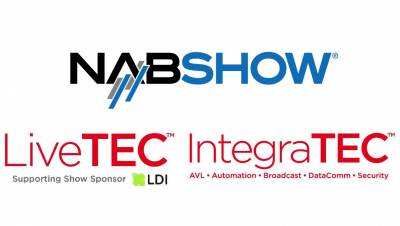
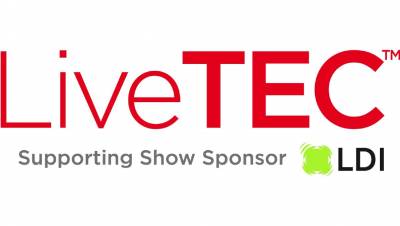

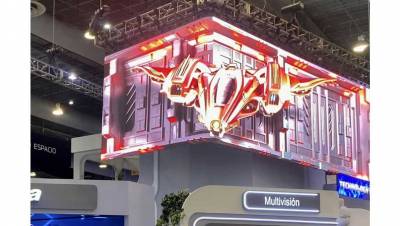



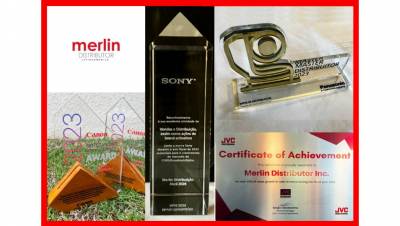














Leave your comment